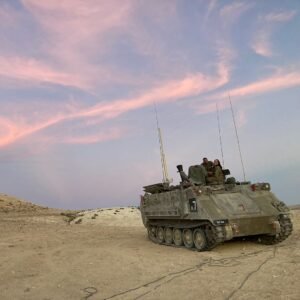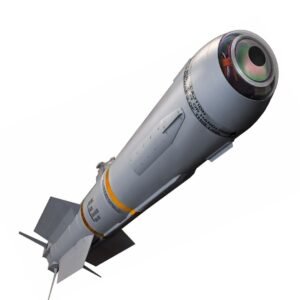I.Introduction
Welcome to our comprehensive guide on the Buk missile system, an advanced air defense system that has garnered global recognition for its remarkable capabilities. we will delve into the intricacies of the Buk system, exploring its components, operational features, and its significant contributions to air defense technology. Join us as we unlock the secrets behind this formidable weapon system.
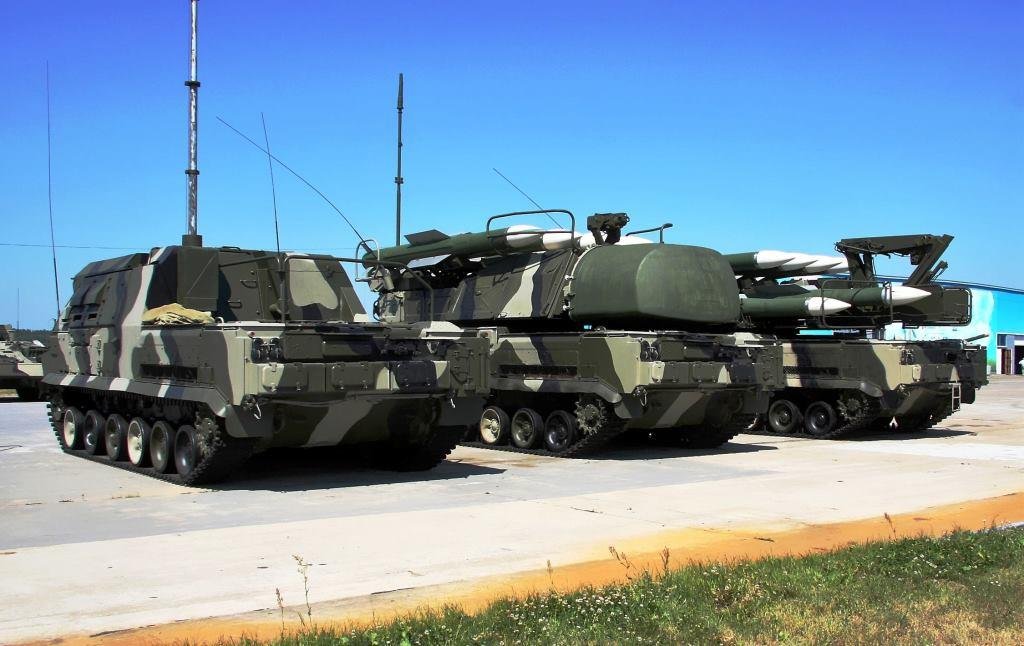
II. Overview
The Buk missile system, also known as the “Buk-M1” or “SA-11 Gadfly” in NATO terminology, is a state-of-the-art medium-range surface-to-air missile system designed to engage and neutralize a wide array of airborne threats. Developed by the renowned Russian defense company Almaz-Antey, the Buk system has become a prominent player in the field of air defense systems worldwide.
III. Components of The Buk Missile System
The Buk missile system consists of several key components that work together seamlessly to provide a robust and effective defense mechanism. Let’s explore each of these components:
A. Missile Launchers
At the heart of the Buk system are the missile launchers, which house and deploy surface-to-air missiles. These launchers are typically mounted on specialized tracked vehicles, enabling them to be easily maneuvered across various terrains. The Buk system boasts a high launch rate, allowing for rapid engagement of multiple targets simultaneously.
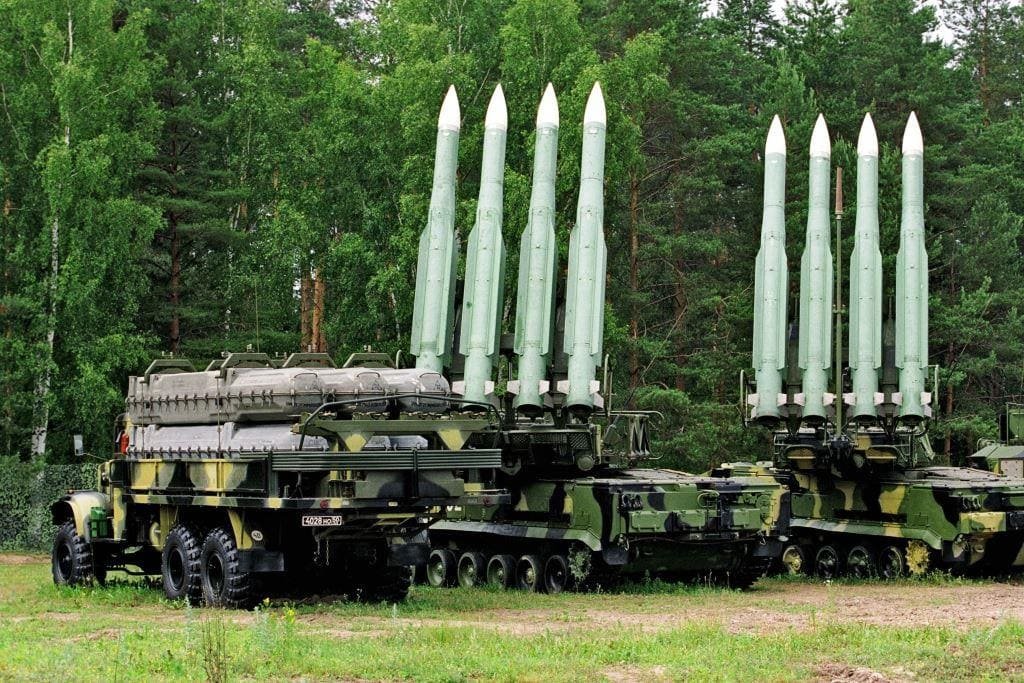
1. Buk Missile System and Associated Missile Types
The Buk system is designed to launch surface-to-air missiles (SAMs) to engage and destroy aerial targets. Different variants of the Buk system have been equipped with various missile types. The specific missile types associated with the Buk system include:
- 9M38: The 9M38 missile is the primary missile used by the Buk-M1 and Buk-M1-2 variants. It has a range of up to 35 kilometers and is capable of engaging targets at altitudes between 15 meters and 25 kilometers.
- 9M317: The 9M317 missile is used by the Buk-M2 and Buk-M2E variants. It is an upgraded version of the 9M38 missile and offers improved performance. It has a longer range, increased accuracy, and a higher altitude engagement capability.
- 9M317M: The 9M317M missile is an advanced version used by the Buk-M3 variant. It features further improvements in range, accuracy, and target engagement capabilities compared to the 9M317 missile.
B. Buk Missile System Provide Advance Target Acquisition Radar (TAR)
The Target Acquisition Radar plays a pivotal role in the Buk system, providing critical information about potential threats in the airspace. By detecting, tracking, and identifying airborne targets, the TAR ensures accurate targeting and interception. Equipped with advanced radar technology, it offers a wide range of detection capabilities, including target classification and discrimination.
C. Command Post
The Command Post serves as the central nervous system of the Buk missile system. It receives data from the Target Acquisition Radar and other supporting sensors, analyzing and processing the information to formulate effective engagement strategies. The Command Post integrates sophisticated software and hardware components to facilitate real-time decision-making, ensuring optimal utilization of the system’s resources.
D. Transport Vehicles and Support Equipment
Transport vehicles and support equipment form an integral part of the Buk missile system’s logistics. These vehicles are responsible for transporting missile launchers, radar systems, and other associated equipment to strategic locations swiftly. Additionally, they aid in the setup, maintenance, and overall support of the system during operations.
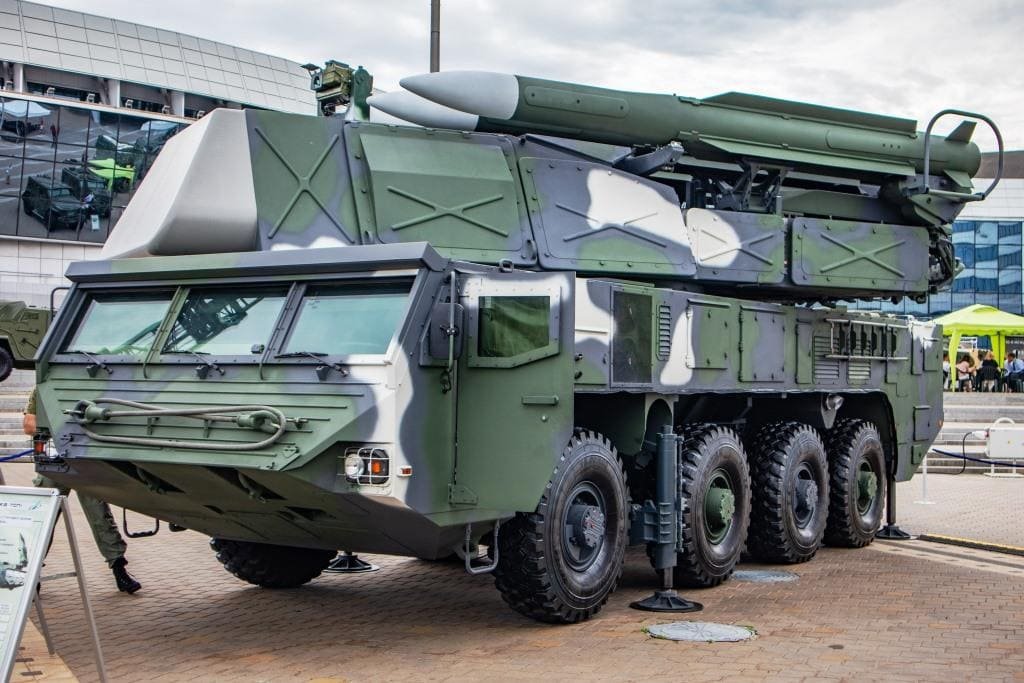
IV. Buk Missile System Operational Features
The Buk missile system exhibits a range of operational features that contribute to its exceptional performance in air defense scenarios. Let’s delve into some of these notable features:
1. Multiple Target Engagement
One of the key strengths of the Buk system lies in its ability to engage multiple targets simultaneously. This multi-target engagement capability significantly enhances the system’s effectiveness, enabling it to neutralize a variety of airborne threats within a short span of time.
2. High Mobility
The mobility of the Buk missile system is a crucial aspect that enhances its operational flexibility. The tracked vehicles on which the system is mounted offer excellent off-road capabilities, allowing it to be rapidly deployed across different terrains. This mobility ensures that the system can be positioned strategically to counter potential threats swiftly.
3. Advanced Radar Technology
Equipped with advanced radar technology, the Buk system possesses exceptional target detection and tracking capabilities. Its radar system can effectively detect and classify a wide range of aerial targets, including aircraft, helicopters, unmanned aerial vehicles (UAVs), and cruise missiles. This advanced radar technology enables precise target acquisition, facilitating successful interceptions.
4. Medium-Range Engagement
The Buk missile system is designed to engage targets at medium ranges, typically up to 45 kilometers. This range allows for effective defense coverage, safeguarding valuable assets and personnel and ensuring airspace control within the designated operational area. The Buk system’s medium-range engagement capability fills a critical gap in air defense, providing an effective deterrent against a wide range of aerial threats.
5. Anti-Jamming Capabilities
In today’s technologically advanced warfare landscape, electronic warfare and jamming techniques are increasingly prevalent. The Buk missile system incorporates sophisticated anti-jamming capabilities, allowing it to operate effectively in environments where adversaries attempt to disrupt radar and communication systems. This resilience ensures that the system remains operational and responsive even in challenging electronic warfare scenarios.

V. Buk Missile System Operational Scenarios
The Buk missile system excels in various operational scenarios, contributing to its versatility and adaptability. Here are a few key scenarios where the Buk system proves its efficacy:
1. Protection of Strategic Locations
Deployed around strategic installations, military bases, and high-value targets, the Buk missile system provides a robust defense shield. By effectively countering airborne threats, it ensures the safety and security of critical infrastructure, military assets, and personnel.
2. Defense against Aerial Attacks
In the face of aerial attacks, the Buk system acts as a reliable and powerful deterrent. It can engage and neutralize a wide range of threats, including enemy aircraft, helicopters, and cruise missiles, safeguarding the defended area against potential airborne intrusions.
3. Mobile Defense Units
Due to its high mobility, the Buk missile system can be deployed as part of mobile defense units. These units can rapidly move to areas of strategic importance, bolstering air defense capabilities and providing protection in dynamic and evolving operational environments.
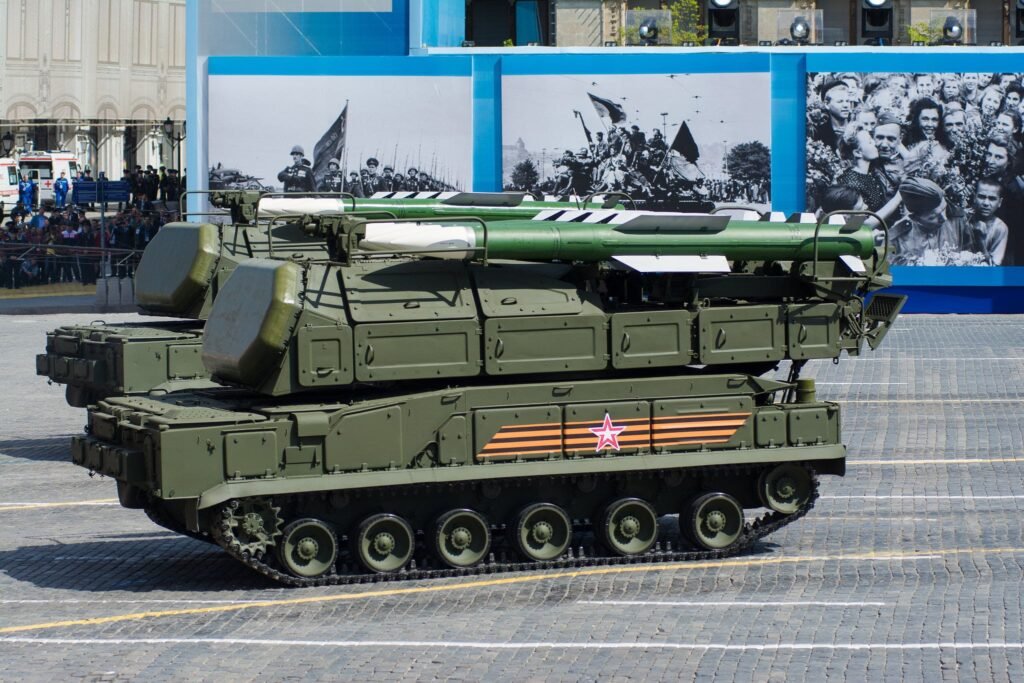
VI. Buk Missile System Variants and Prototypes
The Buk missile system, also known as the SA-11 Gadfly in NATO designation, is a family of medium-range surface-to-air missile systems developed by the Soviet Union and now produced by Russia. It has seen widespread use by various countries around the world. There have been several variants and prototypes of the Buk missile system. Here are some notable ones:
Buk-M1 (SA-11A Gadfly):
- Introduction: The Buk-M1 variant, also known as SA-11A Gadfly, was the initial version of the Buk system that entered service with the Soviet Union in the late 1970s.
- Chassis: It is based on a tracked chassis, allowing for mobility and deployment across various terrains.
- Radar: The Buk-M1 is equipped with the 9S470 Fire Dome engagement radar, which provides target detection, tracking, and guidance for missile engagements.
- Missile: The primary missile used by the Buk-M1 is the 9M38, with a range of up to 35 kilometers and engagement altitudes between 15 meters and 25 kilometers.
Buk-M1-2:
- Upgrades: The Buk-M1-2 is an upgraded variant of the Buk-M1, introduced in the 1990s.
- Improved Capabilities: It features enhanced electronic countermeasures capabilities, improved range, and upgraded missiles compared to its predecessor.
Buk-M2 (SA-17 Grizzly):
- Introduction: The Buk-M2, also known as SA-17 Grizzly, is an upgraded version of the Buk system that entered service in the early 2000s.
- Enhanced Performance: It offers improved target engagement capabilities, increased range, and higher accuracy.
- Multi-Target Engagement: The Buk-M2 is capable of engaging multiple targets simultaneously, providing enhanced defense capabilities.
Buk-M2E:
- Export Variant: The Buk-M2E is an export variant of the Buk-M2 system, incorporating modifications to meet international export regulations and customer requirements.
Buk-M3 (SA-17B Grizzly):
- Introduction: The Buk-M3, also known as SA-17B Grizzly, is the latest variant of the Buk missile system, introduced in the 2010s.
- Upgraded Features: It features further improvements in range, accuracy, and target engagement capabilities compared to its predecessors.
- Advanced Missiles: The Buk-M3 is equipped with the advanced 9M317M missile, offering increased performance and effectiveness.
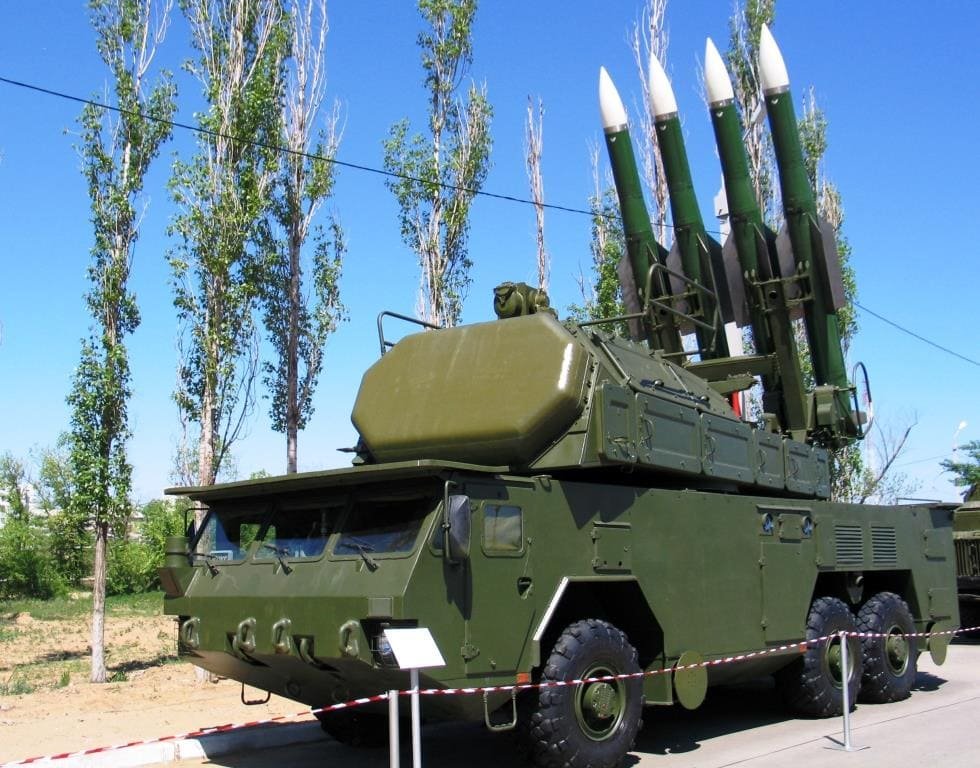
VI. Conclusion
The Buk system stands as a testament to the advancements in air defense technology. With its exceptional capabilities, including multiple target engagement, high mobility, advanced radar technology, and medium-range engagement, it offers a formidable defense mechanism against airborne threats. Whether protecting strategic installations, countering aerial attacks, or serving as mobile defense units, the Buk system has proven its effectiveness in various operational scenarios.
Read More Blogs Related Missiles:-NASAMS Air Defense Systems.
You Know About That Iron Dome Air Defence System: Israel Air Shield





